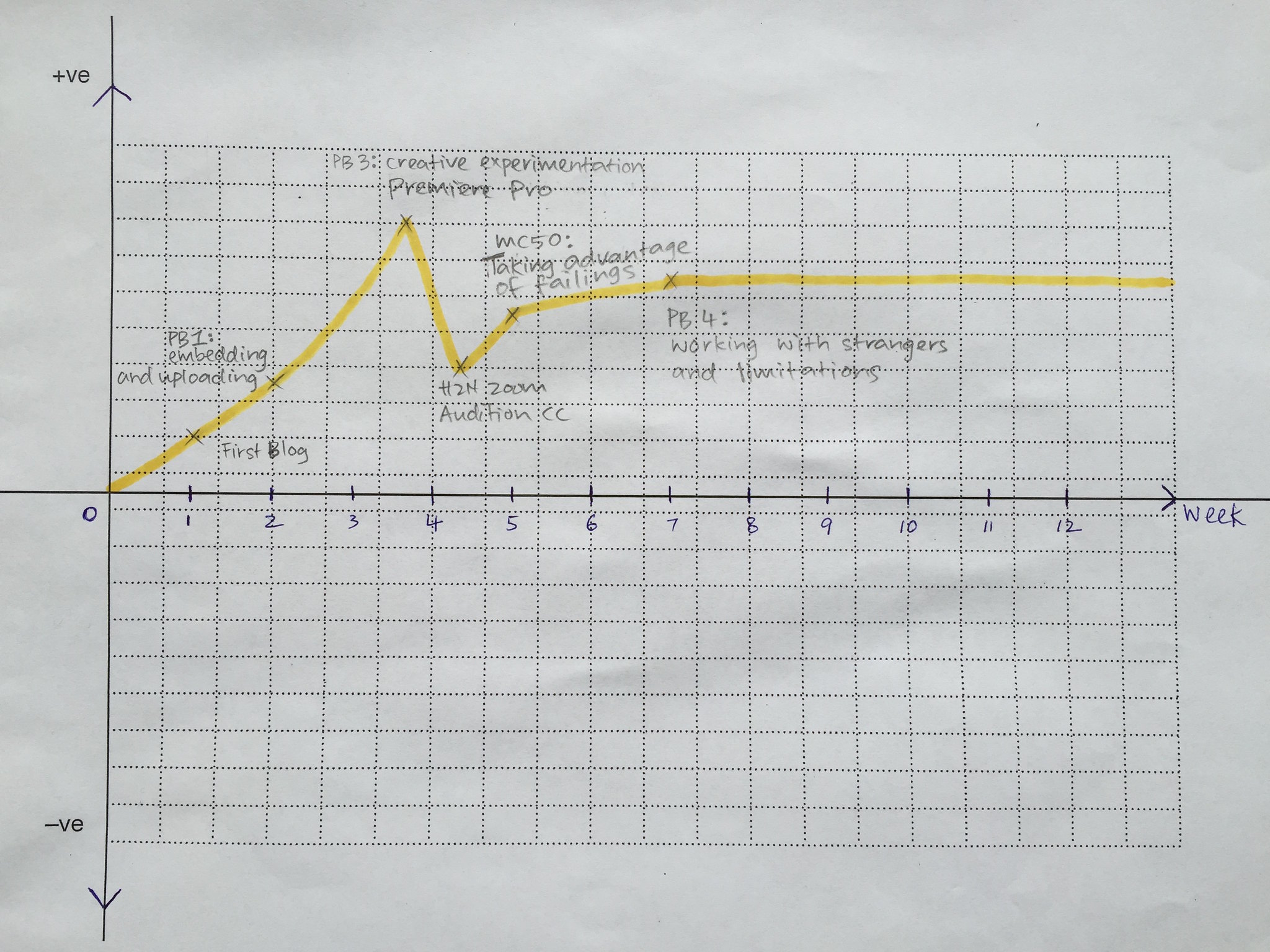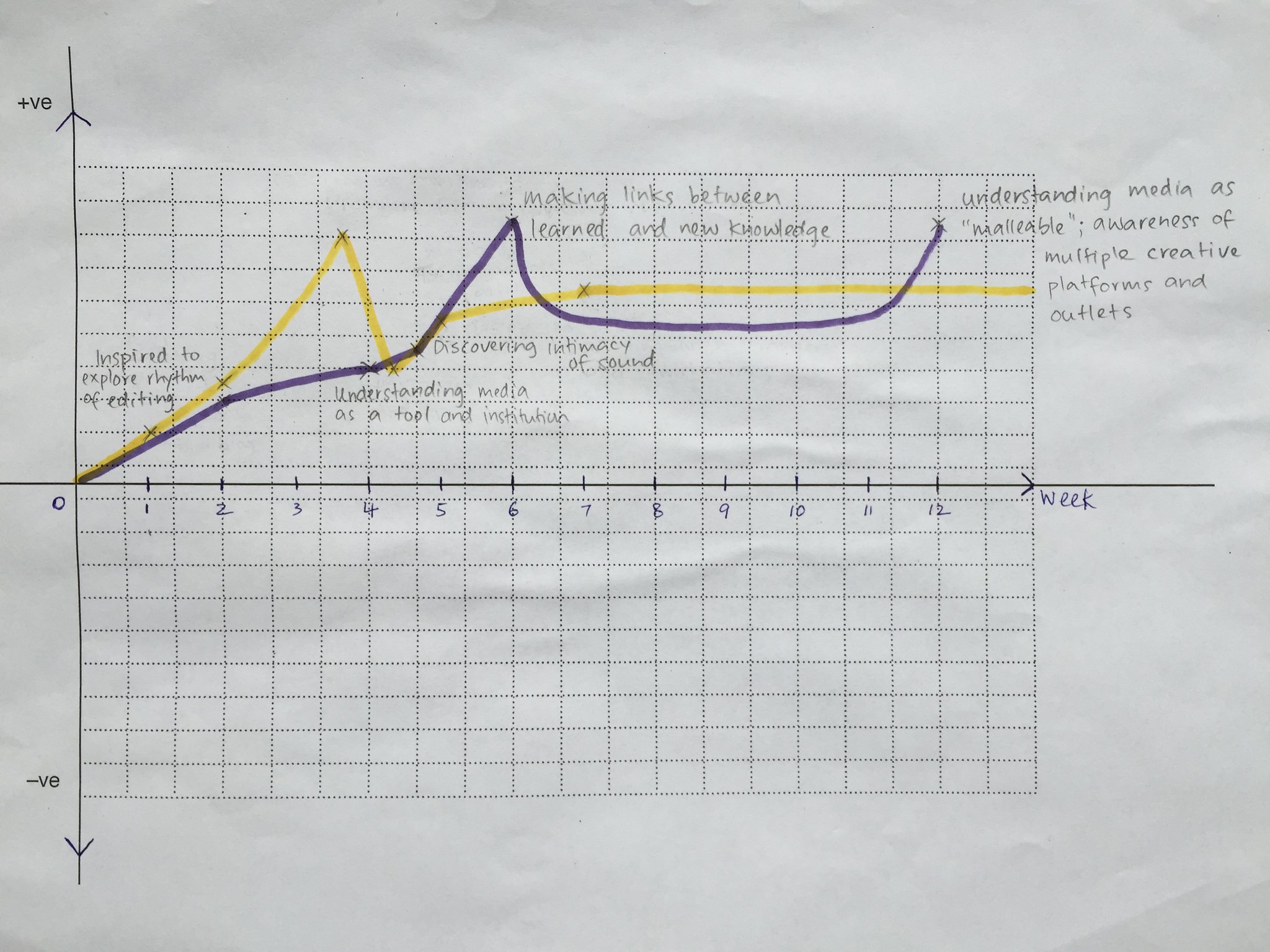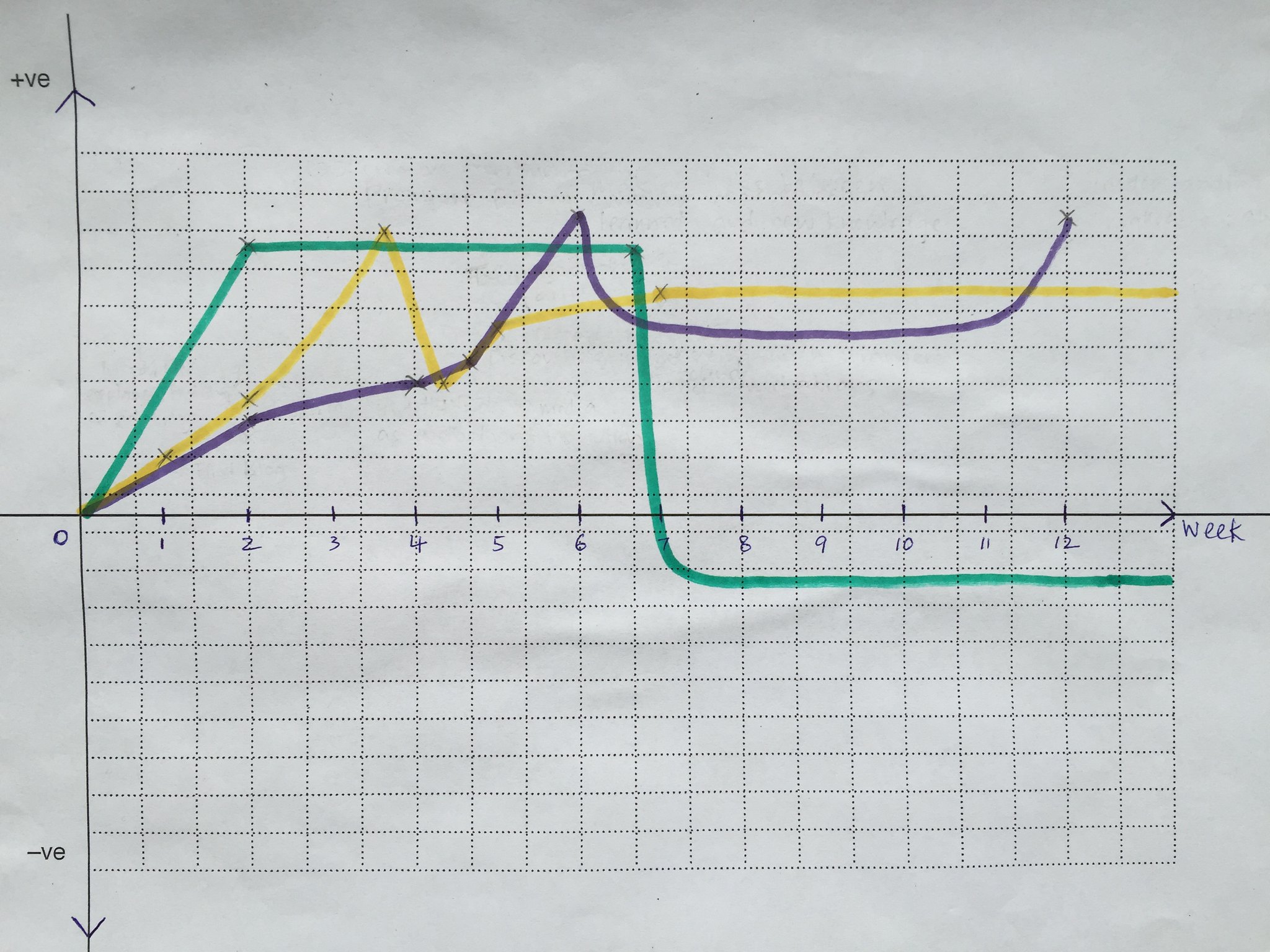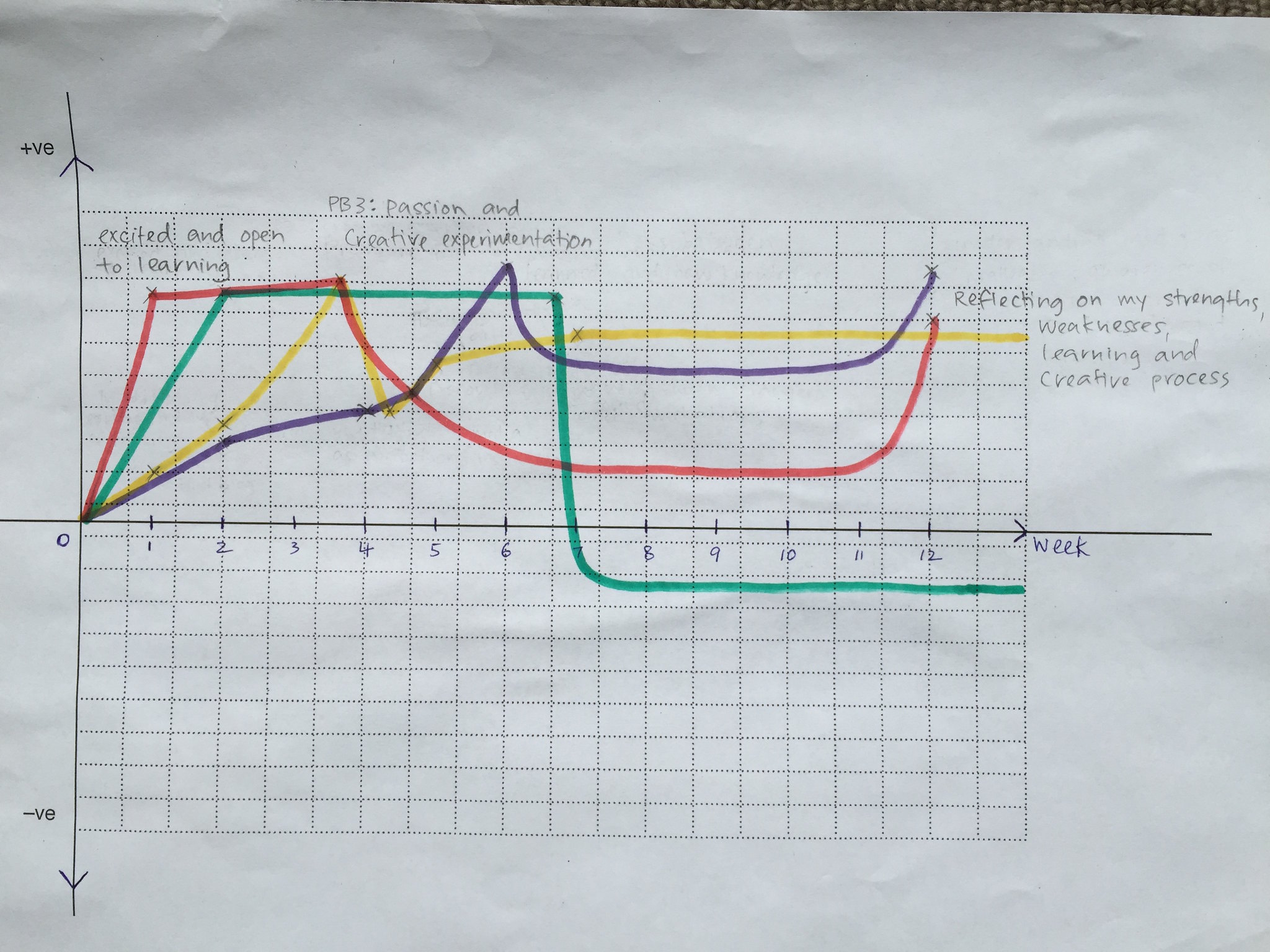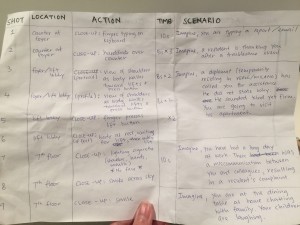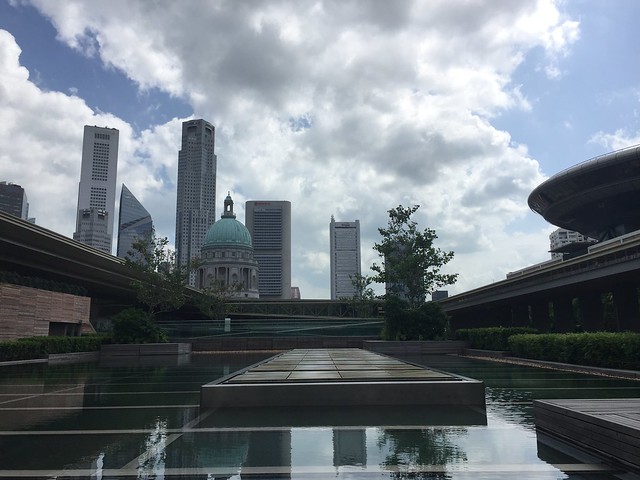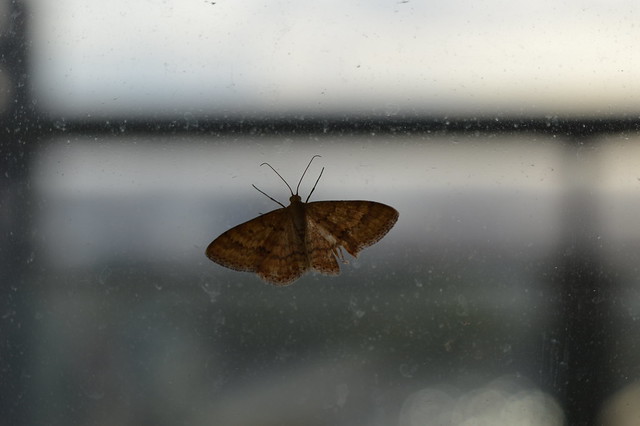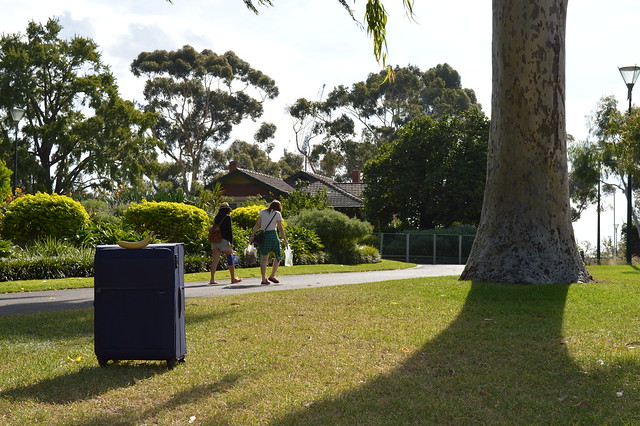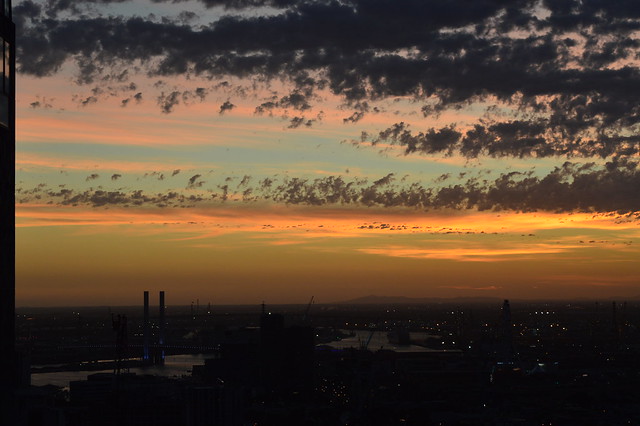Scroll down for video and process.
I always felt that the image on screen is a primary element of film while sound is a secondary element. So as a visual learner and logical person, my filmmaking journey had always been led by the vision in my mind. Sound was a follow-up during the editing and recording process.
As explained in my previous post About Sound (Part I), I could not imagine how our filmmaking process could be led, instead, by sound. I was confused because I thought we were meant to isolate sound from the image. Well, that is possible as a creative idea. However, it is impossible to do that in my head, especially during the early stages of brainstorming.
This is because film includes so many different knobs, buttons and axles. To work towards an end product would require one to consider various elements during the ideation and planning stages. Consider a silent film, and the process would still be led by the lack of sound. Consider our current sound project and it is about setting up the environment and editing which works with the already-recorded sound effects we have.
Sound Leading the Camera
The tapping and folding SFX we recorded previously were quite “clean”, i.e. signal to noise ratio was high. So I wanted to shoot at least one scene inside a confined space.
As a group, we did not listen to each other’s samples before deciding on set location so we were largely driven by collaboration and taking turns to play with the camera EX3 and H4 Zoom.
Sound Leading the Edit (and possibly the audience)
Alec wanted to capture the protest outside so we managed to record “noisy” sounds which have reverb and overlapping voices of various frequencies. This made me think about juxtaposing noise with a “quiet” visual and what that could mean.
In the film, there are three types of sounds which represent three different planes of consciousness. The sounds bring the audience into each character’s environment and also their headspace.
The bird, its chirp and soft traffic noise depict a peaceful park-like environment outside. Then we get a visual of what is on the ground and although there seems to be no one, we hear noises of protest. Then a character appears, in deep thought trying to write. There is only one pen in hand but we hear multiple pens tapping. This indicates a surreal quality. Accompanied with an over-the-shoulder shot, the protest gets louder. Suddenly, it’s a wide shot of him and the din is disrupted by sounds which are reflective of the peaceful park-like environment.
In the above bit, there are two different types of sounds: peaceful park VS noisy protest. The latter represents the character’s chaotic mind-space while the former represents his actual physical environment. Then the audience is brought inside a room. Although the character moves, the scene is silent. This contrast puts the audience into a third environment.
The sounds have a pattern: ABCBA. This sequence is meant to connect the environments and characters together: the female character is imagining the male character imagining something. Unfortunately, this intention may be too far-fetched. My sisters did not get that at all.
Wrap-Up
It is possible for sound to lead the filmmaking process. We can record SFX before visualising and conducting our experiment around it. This approach may cause creative restrictions yet give rise to creative solutions.
In fact, sound is so informative and provides a better understanding of the context. I learnt how it could compliment the visual or otherwise, be brought into attention as a storytelling device. The latter intention then becomes a fun way to confuse or surprise audiences.
